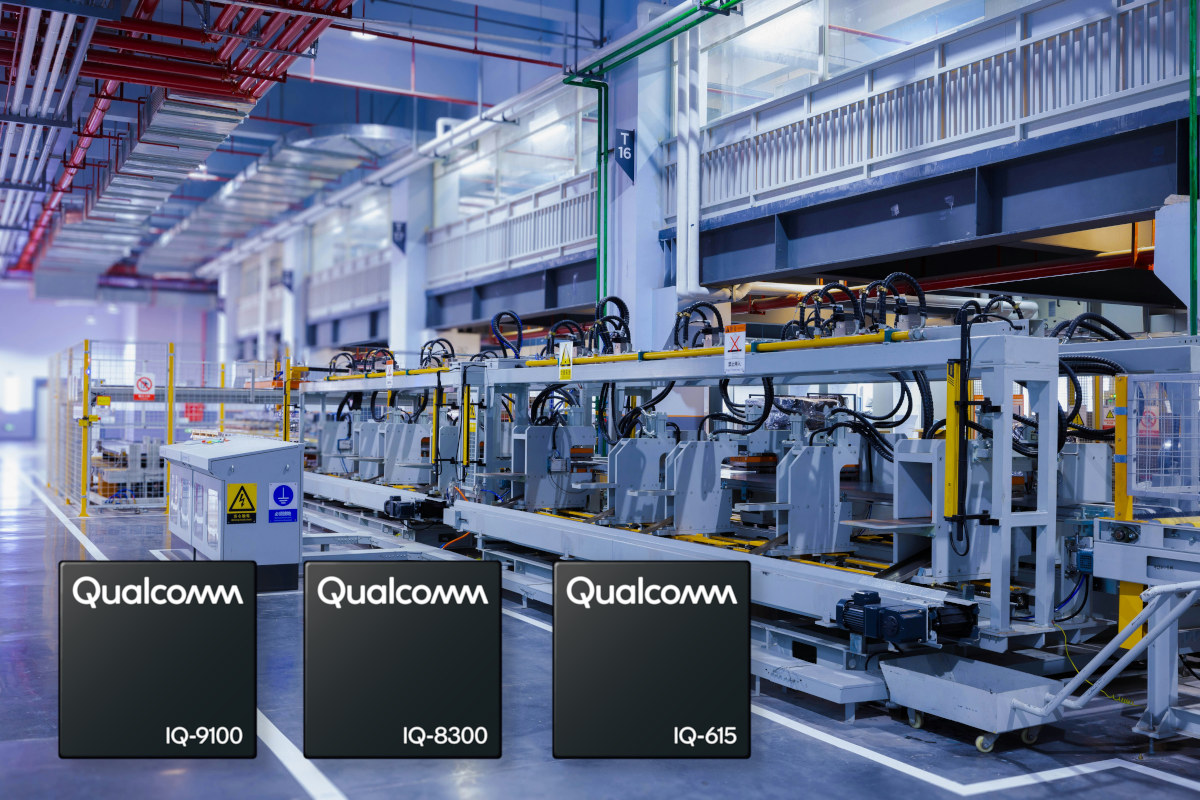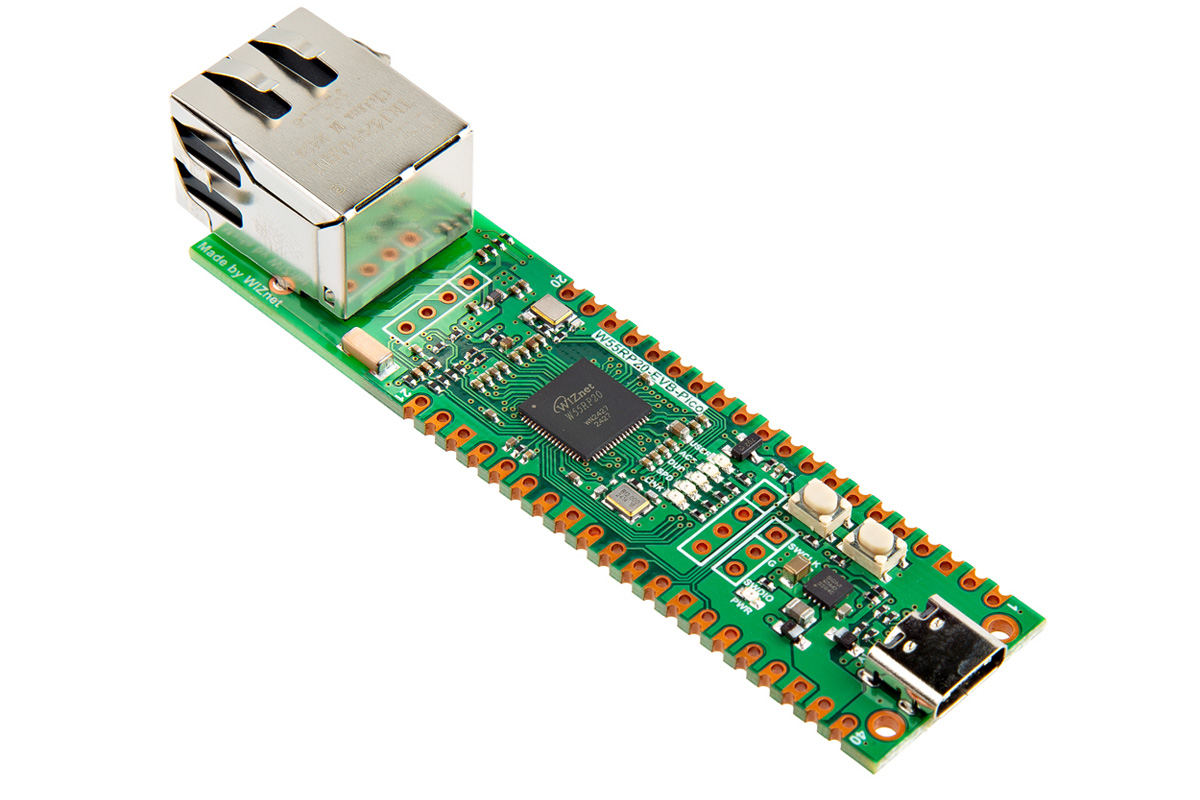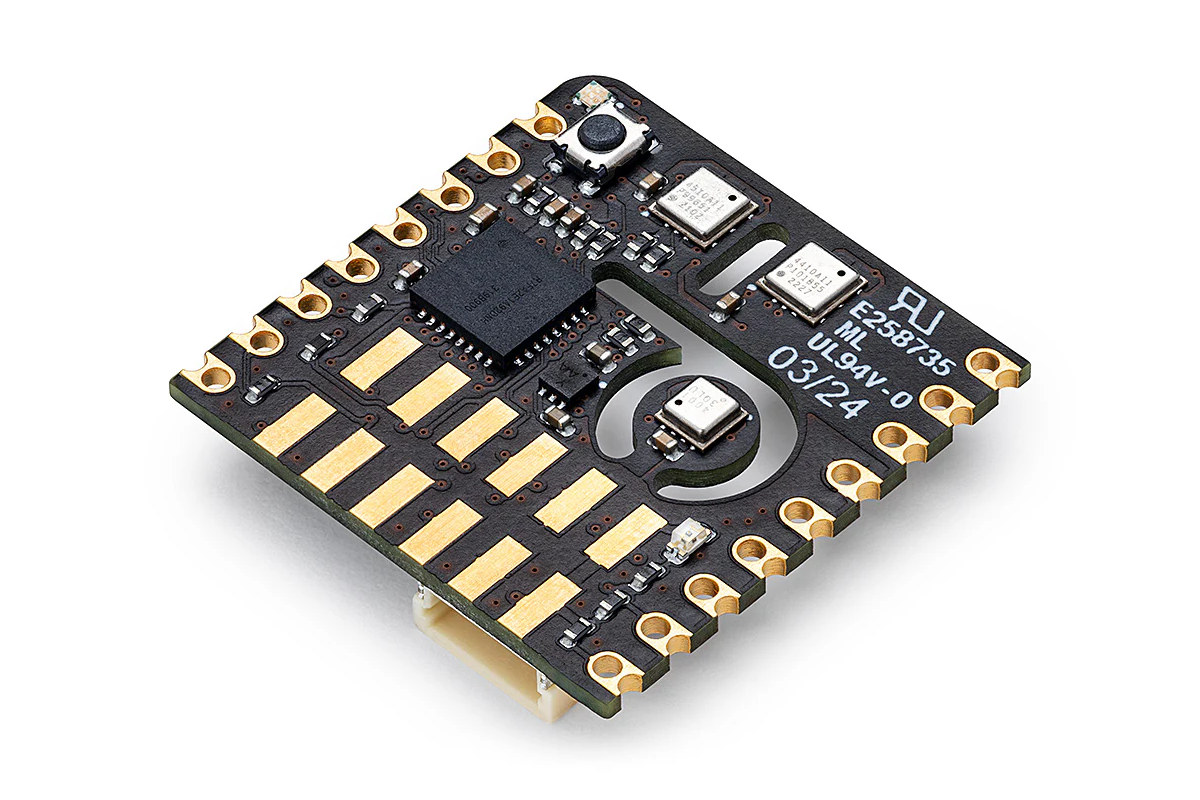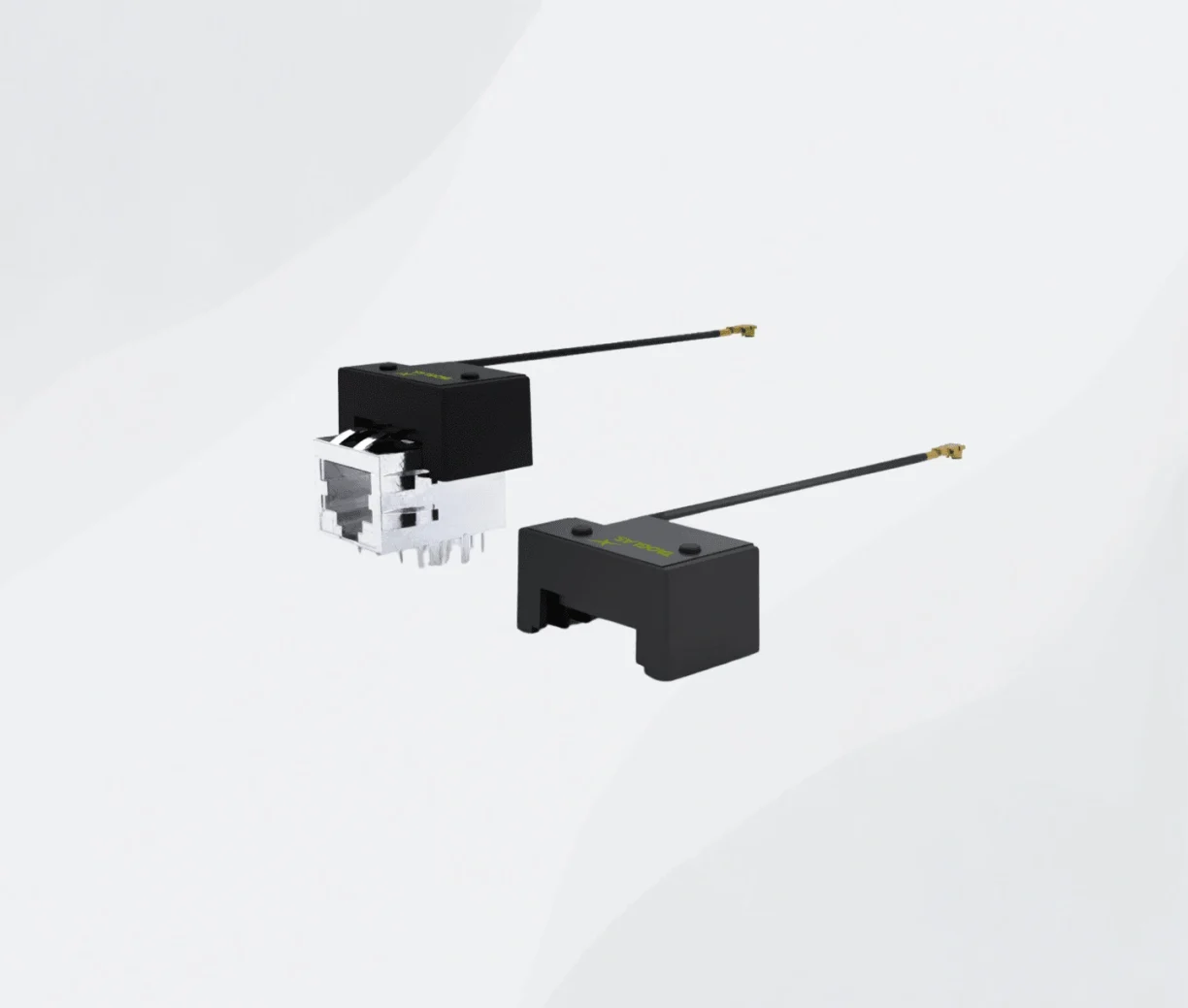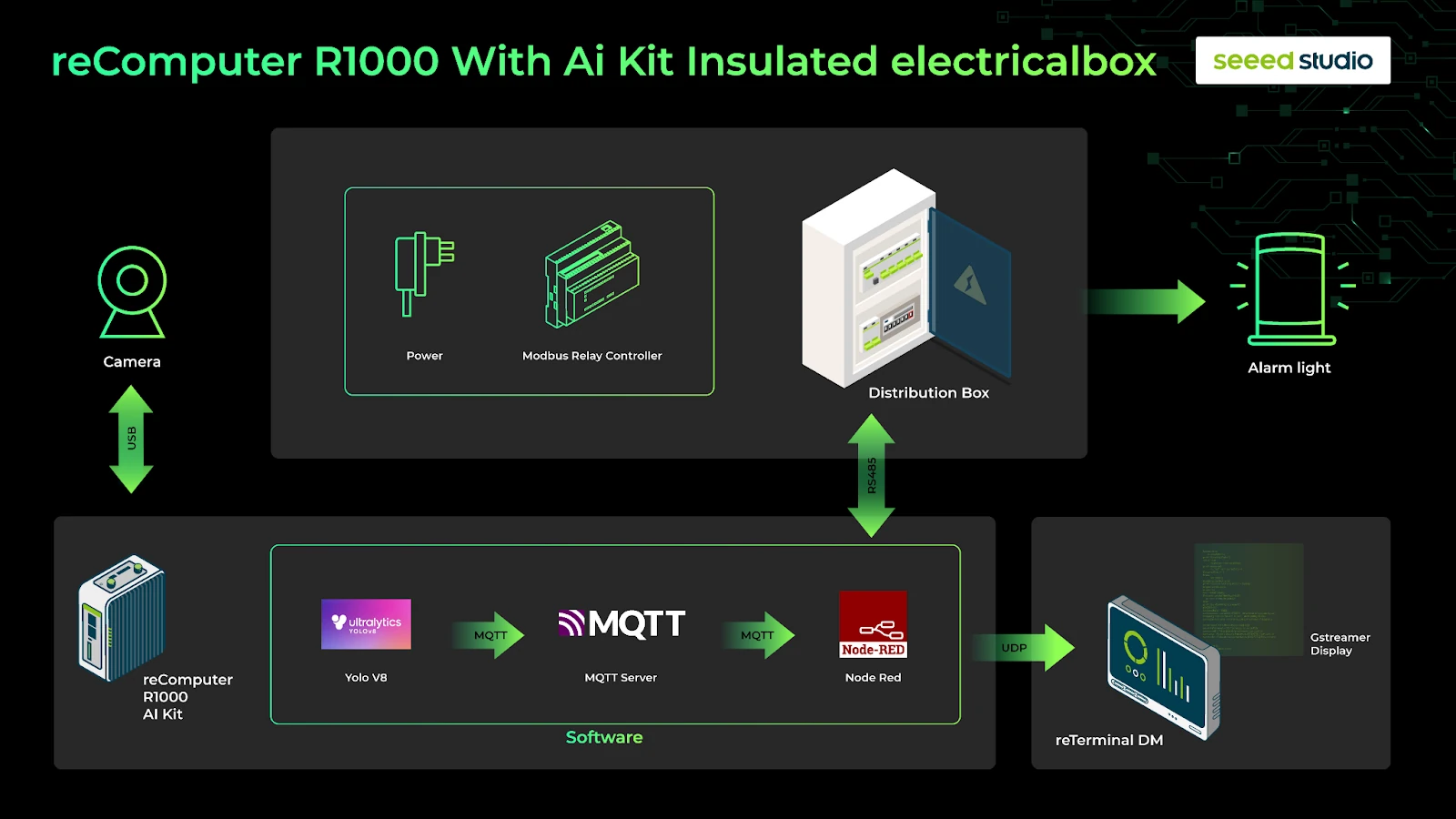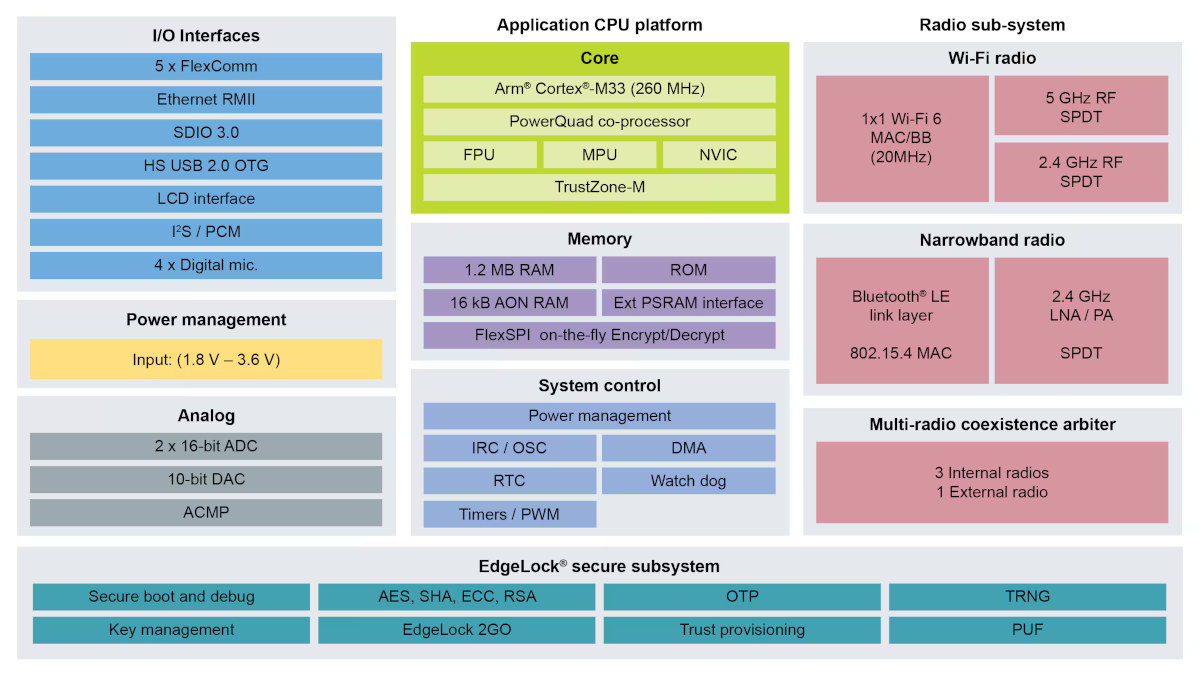The “XIAO ESP32S3 for Meshtastic & LoRa” is an ESP32-S3 LoRa dev kit that combines an XIAO ESP32S3 board with the tiny Wio-SX1262 LoRa module connected through a board-to-board connector. This compact devkit supports LoRa (862-930MHz), Wi-Fi (2.4GHz), and Bluetooth 5.0 (BLE), with a 5km range for LoRa and a 100m+ range for Wi-Fi/BLE. The kit also has a USB Type-C interface, a built-in power management chip, and multiple I/O options such as IIC, UART, and GPIO. It supports external LoRa antennas and can be extended with XIAO expansion boards for more complex setups. These features make this device suitable for projects such as LoRaWAN gateways, IoT sensors, Meshtastic nodes or routers, and applications where space is limited. XIAO ESP32S3 for Meshtastic & LoRa specifications: SoC – Espressif Systems ESP32 with dual-core Xtensa LX7 microcontroller up to 240MHz Wireless Connectivity LoRaWAN via Semtech LX1262 Output Power – Up to +22 […]
Qualcomm introduces IQ9, IQ8, and IQ6 “Dragonwing” industrial IoT SoC families with up to 100 TOPS of AI performance
Qualcomm Technologies has introduced the new industrial-grade IQ chipset family with the IQ9, IQ8, and IQ6 series offering on-device AI performance of up to 100 TOPS, industrial temperature range, and built-in safety features such as SIL-3 (safety and integrity level). [Update February 26: Qualcomm’s marketing tam has been hard at work and has now come up with a product name for the family: ” Dragonwing”] Qualcomm IQ series of chipsets target a range of premium (IQ9), mid-tier (IQ8), and entry-level (IQ6) applications such as industrial and agricultural robots, drones, industrial inspection and automation, edge AI boxes with computer vision capabilities, edge gateway analytics solutions, and more. Qualcomm IQ9 Series – IQ-9100, IQ-9075 Key features and specifications: CPU IQ-9075 – Octa-core Kryo Gen 6 scaling from 1.632 to 2.55 GHz IQ-9100 – Octa-core Kryo Gold Prime @ 2.36 GHz (CNXSoft: The specs are not clear for the CPU part…, both SKUs […]
Wiznet W55RP20-EVB-Pico board features W55RP20 SiP with W5500 Ethernet controller and RP2040 MCU
Wiznet has recently released the W55RP20-EVB-Pico dev board, a compact board based around the W55RP20 SiP that fuses the Raspberry Pi RP2040 MCU and the W5500 Ethernet controller into a single IC, plus a 2MB flash chip for firmware storage. Just last month we wrote about W5100S-EVB-Pico2 and W5500-EVB-Pico2 dev boards, both the boards have a newer Raspberry Pi RP2350 MCU and external Ethernet controller (W5500 or W5100S). The RP2350 offers additional security features such as One Time Programmable (OTP) memory, secure boot, and Arm TrustZone technology, making it more suitable for secure applications. The W55RP20 on the other hand integrates a W5500 Ethernet controller and the RP2040 in a single SiP which is also pin-compatible with the Raspberry Pi Pico, making it easy to use existing Pico accessories and code examples. W55RP20-EVB-Pico dev board specifications: SiP– W55RP20 microcontroller MCU – Raspberry Pi RP2040 Core– Dual Cortex M0+ cores up […]
Arduino Nicla Sense Env module features temperature, humidity, and gas sensors from Renesas
Arduino Nicla Sense Env is a new sensor module with temperature, humidity, and gas (TVOC, NO2, O3) sensing that follows the launch of the Arduino Nicla Sense ME (Motion & Environment) module over three years ago (2021). The implementation of the new module is quite different since the ME module relies on Nordic Semi nRF52832 Cortex-M4 microcontroller and Bosch SensorTech motion and environmental sensor, but the new Nicla Sense Env module is made of parts from Renesas namely the RA2E1 Cortex-M23 microcontroller, the HS4001 humidity and temperature sensor, the ZMOD4410 gas sensor for TVOC and indoor air quality, and the ZMOD4510 gas sensor for NO2, O3, and outdoor air quality. Arduino Nicla Sense Env (ABX00089) specifications: MCU – Renesas RA2E1 Arm Cortex-M23 entry-line microcontroller (not accessible or programmable by the user) CPU core – Arm Cortex-M23 core up to 48 MHz Memory – 16KB SRAM Storage – 128KB flash Sensors […]
Taoglas AntJack is an RJ45 jack-mounted Wi-Fi antenna for Bluetooth, Wi-Fi 6/6E, and Wi-Fi 7
Dublin-based Taoglas has unveiled the AntJack described as “an industry-first Wi-Fi antenna for an RJ45 Jack”. The AntJack, also known as the FXM100, can be mounted on any standard RJ45 Ethernet connector to create a 2-in-1 solution that saves space and enhances wireless performance across 2.4 GHz, 5.8 GHz, and 7.1 GHz frequency bands. It is a compact (26.6 x 15.6 x 13.1 mm), omnidirectional dipole antenna with support for Bluetooth, Wi-Fi 6/6E, and Wi-Fi 7. It can be used in various applications, such as modems and routers, industrial gateways, factory automation, industrial robotics, and test and measurement systems. The AntJack is especially well-suited for embedded applications with space constraints and positioning challenges such as 4 x 4 or 8 x 8 MIMO configurations. It features an easy “peel and stick” design manufactured from flexible PCB material with adhesive conductive foam, allowing straightforward installation on RJ45 connectors. According to Oliver […]
reComputer R1000 Raspberry Pi CM4-powered IoT Gateway runs open-source software for Edge AI applications (Sponsored)
Seeed Studio is a Raspberry Pi-approved reseller and device designer. In May 2024, Seeed released their first edge IoT Raspberry Pi-powered gateway and controller, reComputer R1000. It is Raspberry Pi CM4-powered, with AI capabilities when equipped with Hailo NPU. It comes with all the necessary features that a robust and reliable industrial edge IoT device needs, along with rich and versatile interfaces like three RS485 ports, dual Ethernet, and flexible IoT wireless communication (4G, LoRa, Wi-Fi/BLE, Zigbee) and essential functional modules (GPS, UPS, TPM2.0, PoE, SSD, etc.). With Modbus and BACnet supported, it’s a perfect fit for remote access control, especially BMS, BAS, and iBMS. You’ll find more technical details in our previous article about the reComputer R1025, and on Seeed Studio’s product page where you can also purchase the AIoT gateway. As a powerful edge IoT controller and gateway with AI capabilities, it embraces the Raspberry Pi community, is […]
NXP RW612 Arm Cortex-M33 Wireless MCU offers Wi-Fi 6, Bluetooth 5.4, and 802.15.4 radios
The NXP RW612 is an Arm Cortex-M33 SoC with three radios, namely WiFi 6, Bluetooth 5.4, and 802.15.4 for Thread and Matter connectivity. It also has a small sibling called the RW610 without the 802.15.4 radio. I first came across RW61x chips, when Debashis wrote about the Trimension SR250 UWB chip mentioning it can work with “host processors like NXP’s i.MX, RW61x, and MCX families”. I initially thought it was a typo for the iW612 tri-radio solution introduced in 2022, and the RW612 is indeed similar, but it’s a complete wireless microcontroller/SoC with an Arm Cortex-M33 application core so it can be used independently as a host instead of a companion chip. NXP RW612 and RW610 specifications: MCU sub-system Core – 260 MHz Arm Cortex-M33 with TrustZone-M Memory On-chip 1.2 MB SRAM PSRAM interface for memory expansion Storage – Quad FlexSPI Flash XIP with on-the-fly decryption Peripheral interfaces Up to […]
Jetway JPIC-ADN1 fanless, industrial Pico-ITX SBC features Intel N97 or N200 CPU, dual display support
Jetway JPIC-ADN1 is a fanless pico-ITX SBC powered by an Intel N97 or N200 Alder Lake-N processor and targeted at industrial robotics applications. The JPIC-ADN1 supports up to 32GB of memory via a single-channel SO-DIMM slot. The SoC comes with UHD Graphics, supporting dual-display outputs via HDMI 2.0b and a 24-bit dual-channel LVDS interface. For storage, it features an M.2 B+M-Key socket and a SATA 3 port, plus an E-Key 2230 socket for wireless expansion. Gigabit Ethernet networking is handled by the RTL8111H GbE controller. Additionally, it has a serial header, 8-bit GPIO, SMBUS, watchdog timer, and much more. JPIC-ADN1 fanless SBC specification Alder Lake-N SoC (one or the other) Intel Processor N97 quad-core Alder Lake N-series processor with Intel UHD graphics; 12W TDP Intel Processor N200 quad-core processor @ up to 3.7 GHz (Turbo) with 6MB cache, 32EU Intel HD graphics @ up to 750 MHz; TDP: 6W Additional compatible CPUs available via regional sales […]



